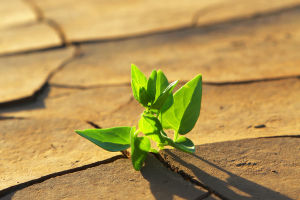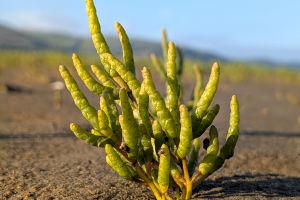Have you ever gone for a walk and later found tiny seeds clinging stubbornly to your clothes or pet's fur?
Despite its unassuming appearance, this plant has mastered a fascinating seed dispersal strategy that allows it to thrive almost everywhere on Earth.
The story of Bidens pilosa is a perfect example of nature's clever solutions for survival and spread. Understanding how it moves across landscapes reveals deeper insights into plant ecology and even offers lessons about human interaction with nature. Let's unravel the secrets behind this sticky traveler and why it's so successful.
The Hooked Seed Strategy
The defining feature of Bidens pilosa is its fruit—tiny seeds armed with sharp, curved hooks. These hooks act like natural Velcro, latching onto anything they touch: animal fur, bird feathers, or even human clothing. Once attached, these seeds get transported over distances far greater than they could achieve by wind or gravity alone.
This seed dispersal method, called epizoochory, is incredibly efficient. It doesn't require the plant to rely on wind patterns or nearby soil conditions. Instead, it cleverly uses the movement of animals and humans as "vehicles," hitching rides to new habitats.
Why Is This Dispersal Method So Successful?
1. Broad Reach: Because the seeds can stick to a wide variety of animals and humans, they travel through many environments—from forests to roadsides to urban areas.
2. Persistence: The hooks are strong and sharp enough to cling tightly, even during vigorous movement. This persistence ensures seeds don't fall off too soon, increasing chances of finding a suitable place to grow.
3. Versatility: The plant isn't picky about where it grows, thriving in diverse climates and soil types. This flexibility complements its dispersal strategy perfectly.
Together, these factors make Bidens pilosa a formidable colonizer, often seen as a common plant in gardens and fields worldwide.
Ecological and Practical Implications
While many see beggar's ticks as a nuisance, especially when seeds stick to clothes or pets, their presence plays an ecological role. By quickly colonizing disturbed areas, they help prevent soil erosion and contribute to the early stages of ecosystem recovery.
From a scientific perspective, studying Bidens pilosa's dispersal offers clues about how plants adapt to human-modified landscapes. Dr. Sarah Thompson, an ecologist specializing in seed dispersal, explains, "Human activity has unintentionally boosted the spread of many species like Bidens pilosa, illustrating how interconnected our movements are with natural processes."
On the flip side, their rapid spread can outcompete native plants, raising questions about balancing invasive species management with ecological benefits.
Everyday Encounters and How to Manage Them
If you're often plagued by seeds sticking to your clothes or pets, here are some practical tips:
1. Clothing: Wearing tightly woven fabrics reduces seed attachment. Brushing off seeds promptly prevents them from embedding deeper.
2. Pets: Regular grooming, especially after outdoor walks, helps remove stuck seeds before they cause discomfort or spread.
3. Gardening: Removing plants before seed maturation limits their spread in home gardens.
Understanding this plant's life cycle and dispersal mechanism can make dealing with it less frustrating and even fascinating.
Lessons from the Sticky Traveler
Bidens pilosa teaches us about adaptation and survival in a changing world. Its hooked seeds are a natural innovation that shows how small traits can lead to great success. In a broader sense, it reminds us that nature constantly evolves strategies to thrive, sometimes by simply hitching a ride on us.
Next time you find those stubborn seeds clinging to you, think about the remarkable journey they represent—tiny travelers crossing landscapes, adapting, and persisting in their quest for survival. Isn't it amazing how nature's small details tell big stories?
Would you look at these pesky seeds differently now? Nature's ingenuity often hides in the smallest things, waiting for curious eyes to discover.


